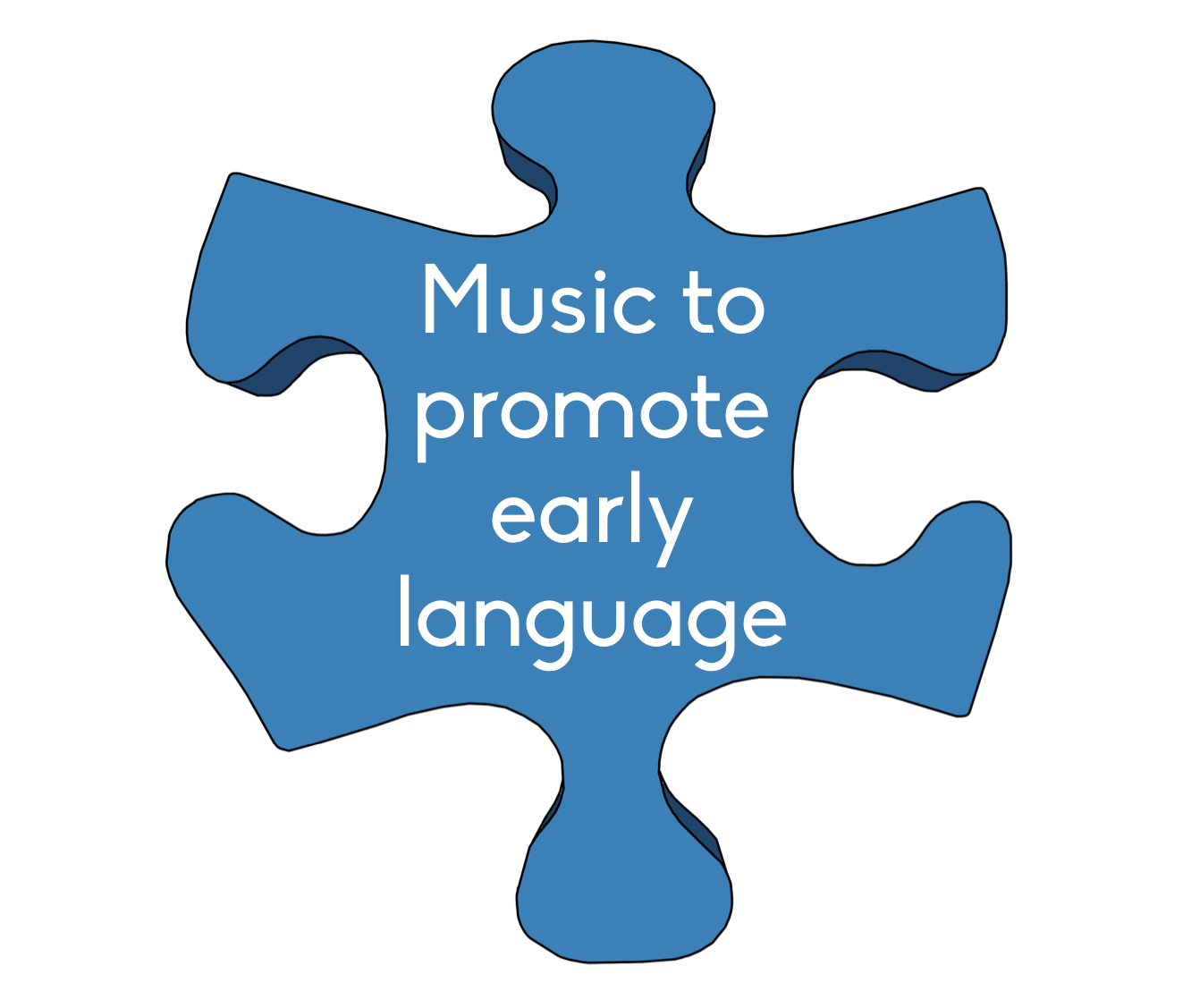Glue Ear: Guide
|
|
Ways to helpAwareness that a child has a hearing loss due to Glue Ear is vitally important in the first instance. Steps can then be taken to provide support, which will minimise the impact of a hearing loss. The Children’s Home Inventory for Listening Difficulties (CHILD) developed by Oticon is a checklist that can be used by parents to monitor how well their child is understanding speech at home, in the car and out and about. It is designed for children between the ages of 3 and 12 years and may provide a useful starting point if you are concerned about a child’s hearing. A referral via a GP for a hearing test can confirm the diagnosis of Glue Ear. Glue Ear will normally clear on its own, so a period of watchful waiting will be recommended. This is a period of time to assess whether or not the fluid in the middle ear is persistent. During this time it will be possible to monitor the child’s access to speech and consider ways to improve this. At nursery and school, it is important to seat a child close to the speaker. Attention: It is important to get the child’s attention before starting to talk to them. Background noise: Trying to make sense of speech when there are lots of competing sounds will be very difficult. It will be much easier for a child with Glue Ear to access speech in a quiet room. Clear Speech: Get closer and speak clearly, avoid speaking from a distance and shouting. Don’t Smoke: ensure that children are not exposed to passive smoking as this increases the risk of colds and chest infections which can make Glue Ear worse. Encouragement: Listening with Glue Ear is hard work and tiring. Try to give a child extra clues and repeat instructions to help them to access the spoken word.
Further information about ways to help can be read here.
Music is a great way to promote the development of pre-verbal skills and early language. More information can be found in this MESHGuide.
References Anderson, K. & Smaldino, J. (2000) The Children’s Home Inventory for Listening Difficulties Designed by Oticon 2007 |





